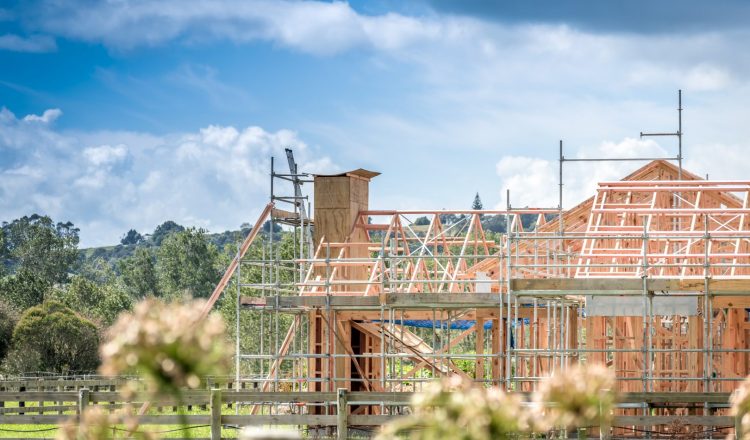주택 수리
뉴질랜드에는 DIY 문화가 아주 일상인데 대부분의 사람들은 보수 공사를 할 때 모든 일을 스스로 해결합니다. 비용도 절감하고 직접 관여할 수 있기 때문인데요.
하지만 배관이나 전기같이 전문적인 도움이 필요하기도 합니다. 제대로 손볼 수 없다면 더 큰 문제가 일어나거나 집에서 다칠 수 있습니다.
증축이나 수리는 동의 허가를 받아야 합니다. 공인된 건축업자에게 의뢰하여야 하며 2004년 건축법에 따라 건축 공사 유형별로 요건이 있습니다.
- 구조 건물 공사 – 개조, 추가, 재말뚝공사, 일부 철거 포함
- 건물 이전에 따른 추가 설비 – 대부분의 배관 및 배수 공사
- 대지 작업 (예: 확장에 따른 토공)
- 2.5m 이상 높이의 울타리 시공
- 1.5m 이상 높이의 옹벽 시공
- 수영장, 스파 설치./li>
건축 동의서가 필요하다고 판단되면 신청서를 작성해야 합니다. 건축 동의가 있을 때까지는 실제 작업을 시작해선 안됩니다.
신청서는 이 모든 건축 공사의 단단한 주춧돌이 되어야 합니다. 그래야 충분한 정보, 효율성, 가성비 높은 결정을 내릴 수 있고 신청서를 잘 작성할수록 처리 및 승인 시간도 단축됩니다.
신청서는 지자체를 통해 받을 수 있는데 온라인으로도 가능합니다. 신청서 작성에 필요한 특별 요구 사항이 있는지 온라인에서 자세한 정보를 얻을 수 있습니다.
만약 동의 없이 작업을 시작하면 불법이므로 200,000NZD 이하의 벌금과 진행했던 작업을 철거해야하는 등의 처벌을 받게 됩니다.
뉴질랜드의 모든 건축 작업은 건축법을 따라야 합니다. 건축 세부규정은 2004년 건축법에 따른 규정에 포함되어 있습니다. 이 법은 뉴질랜드의 신축 및 기존 건물의 건설, 개조, 철거 및 유지 등을 망라하며 여기에 관한 규칙을 정해놓은 것입니다.
공사 계획은 건물이 건축 법규를 준수하는지 확인하기 위해 보통 위원회인 건축동의국(BCAs, building consent authorities)에 의해 평가됩니다. 계획이 적절하다고 판단되면 건축 동의서를 발행해줍니다.
건축과 관련한 산업은 기업혁신고용부(MBIE,Ministry of Business, Innovation and Employment)에서 담당합니다.건축 작업을 규제하는 시스템을 관리하고 항상 최신 상태인지 확인합니다. 정기적으로 건축 법규와 제품 문서를 검토하여 이를 준수하는 방법을 알려줍니다. 건축 법규 준수와 관련하여 분쟁이 발생할 경우 MBIE에서 조언 받을 수 있습니다.

















































